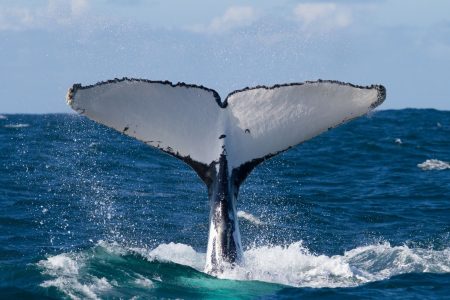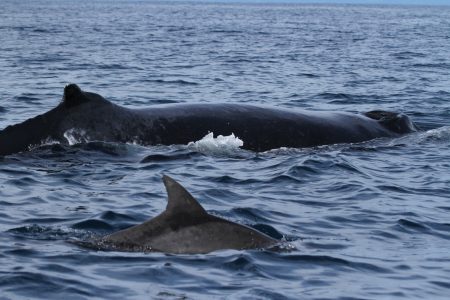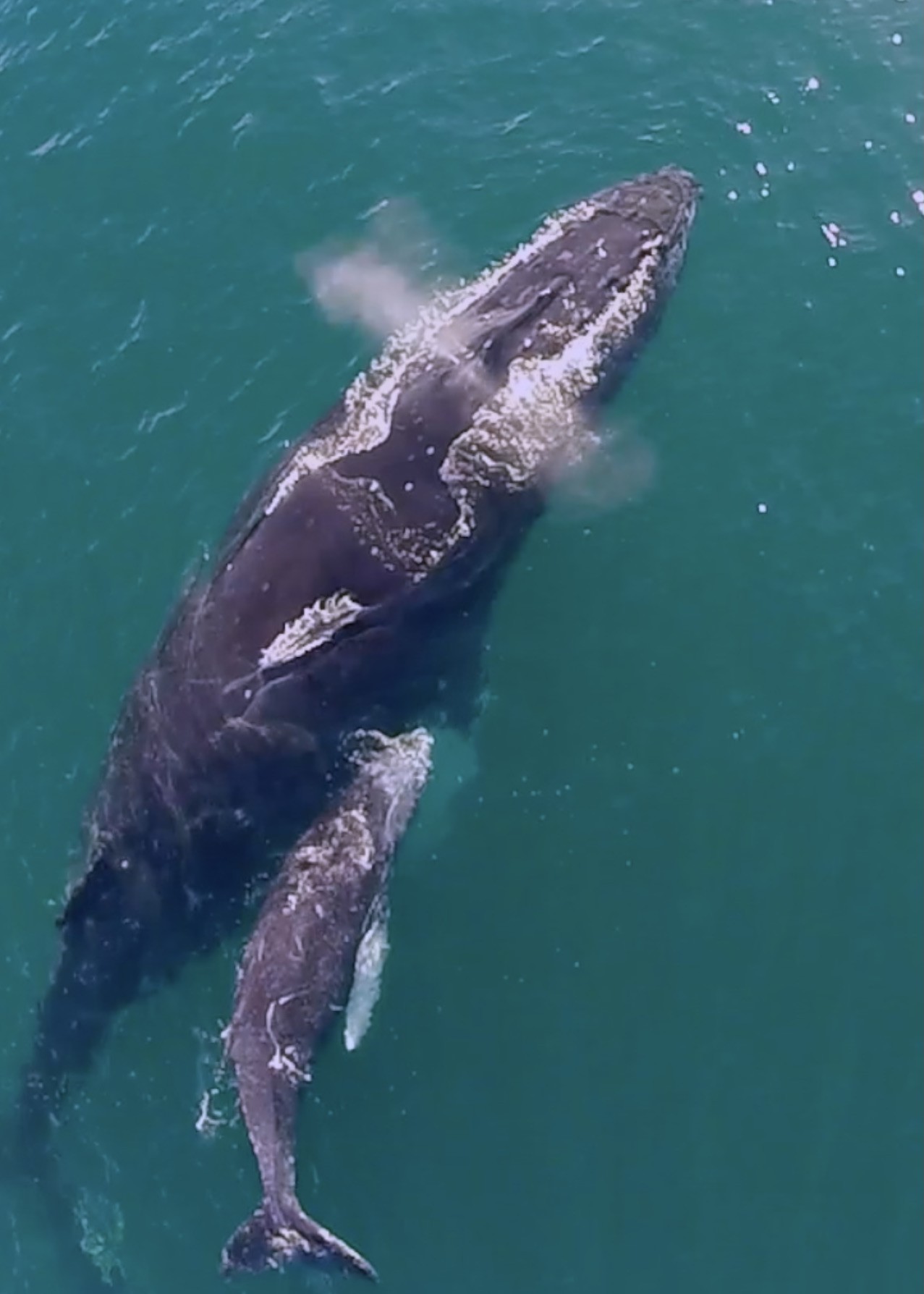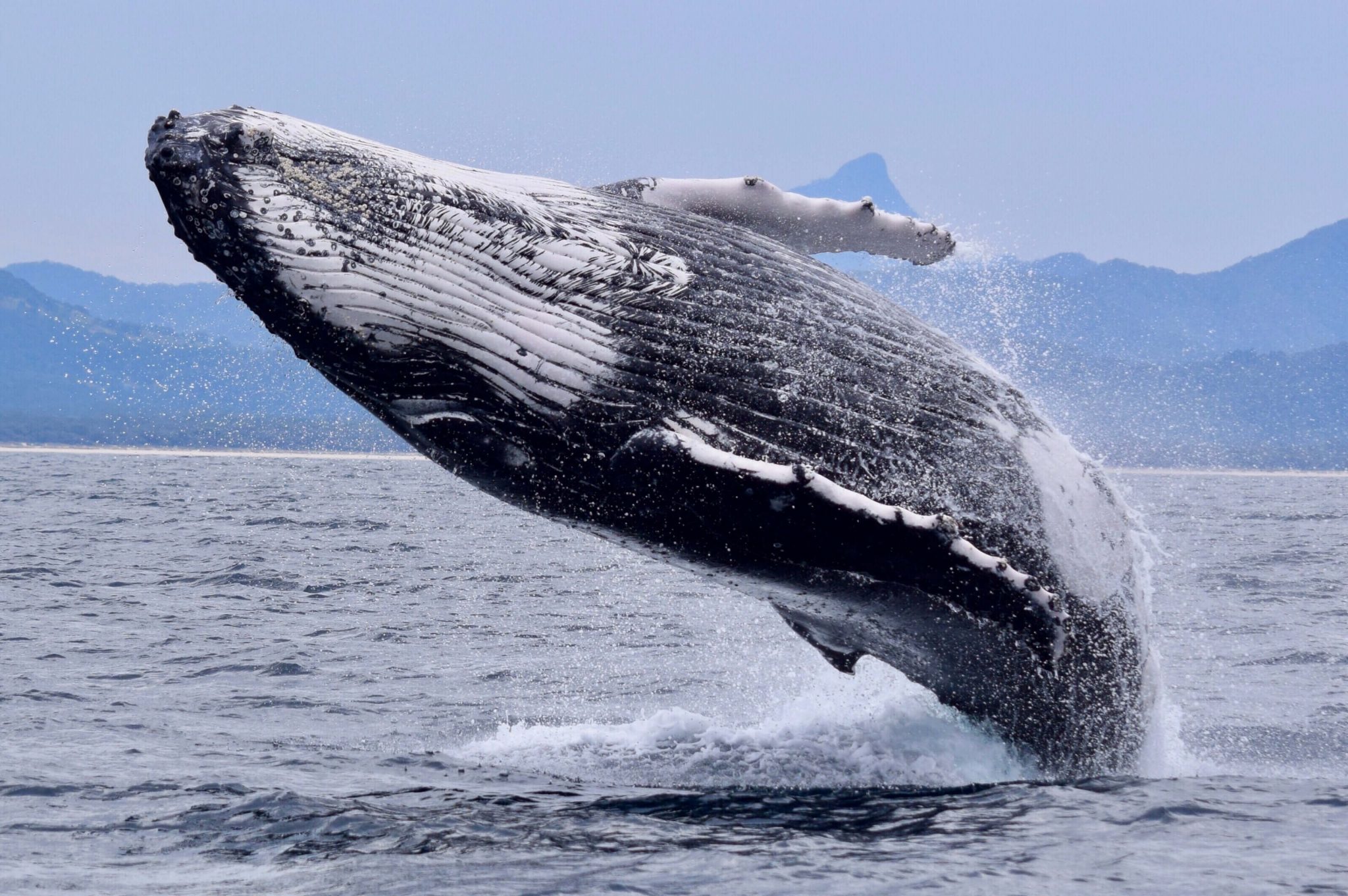Giants of the Deep: Whale Watching Adventures in Costa Rica
Whale watching in Golfo Dulce, Costa Rica, offers a remarkable opportunity to observe these majestic marine mammals in one of the most serene and biodiverse bays on the Pacific Coast. Nestled between the Osa Peninsula and the mainland, Golfo Dulce is known as one of the few tropical fjords in the world, providing unique and ideal conditions for marine life, including whales.
Golfo Dulce’s warm, calm waters make it an exceptional habitat for marine life and a critical nursery and breeding area for humpback whales. Each year, humpback whales migrate from their feeding grounds in the colder polar waters to the warmer tropical waters of Costa Rica to breed and give birth, making Golfo Dulce a prime location for whale watching.


The whale watching season in Golfo Dulce runs from July to November, coinciding with the arrival of humpback whales from the Southern Hemisphere, particularly from Antarctica. This period allows visitors the best chance to see these magnificent creatures as they engage in nurturing their young and teaching them essential survival skills.
During a whale watching tour in Golfo Dulce, you are likely to encounter:


The local communities and conservation organizations in and around Golfo Dulce are actively involved in protecting this vital marine area. Efforts include regulating tourism activities, conducting research, and promoting conservation education among locals and visitors alike.
The Golfo Dulce in Costa Rica is recognized for its critical role as a habitat for various marine species, particularly humpback whales. The conservation efforts in this area are vital for maintaining the delicate balance of this unique ecosystem and ensuring the survival and health of the whale populations that visit and breed here. Here’s an overview of the key conservation initiatives and efforts undertaken in Golfo Dulce:
Golfo Dulce is part of a larger network of Marine Protected Areas designed to safeguard the critical habitats of marine wildlife, including breeding and nursery grounds for humpback whales. These MPAs restrict certain activities that could harm the ecosystem, such as commercial fishing and industrial development.
Local and international researchers collaborate to monitor whale populations, their health, and migration patterns. These studies are crucial for understanding the impacts of environmental changes and human activities on whales. Ongoing research also helps refine conservation strategies and provides data to support protective measures.
Educational programs aimed at local communities involve teaching the importance of conservation, the economic benefits of eco-tourism, and the role of whales in marine ecosystems. By involving local communities in these efforts, conservation becomes a shared responsibility, promoting sustainable practices that benefit both the people and the wildlife.
Non-governmental organizations (NGOs) play a crucial role by working alongside government agencies to advocate for stronger protections, raise funding for research and conservation projects, and increase global awareness about the importance of protecting Golfo Dulce and its marine inhabitants.
During a whale watching tour in Golfo Dulce, you are likely to encounter:

Whale watching in Golfo Dulce is not just an exciting adventure but also a profound way to connect with nature and understand the importance of marine conservation. It’s an experience that leaves lasting memories and a greater appreciation for the majestic wildlife of Costa Rica’s Pacific waters.
